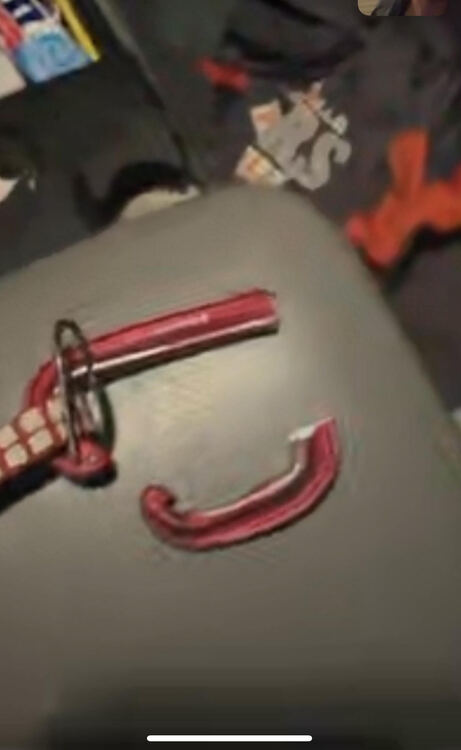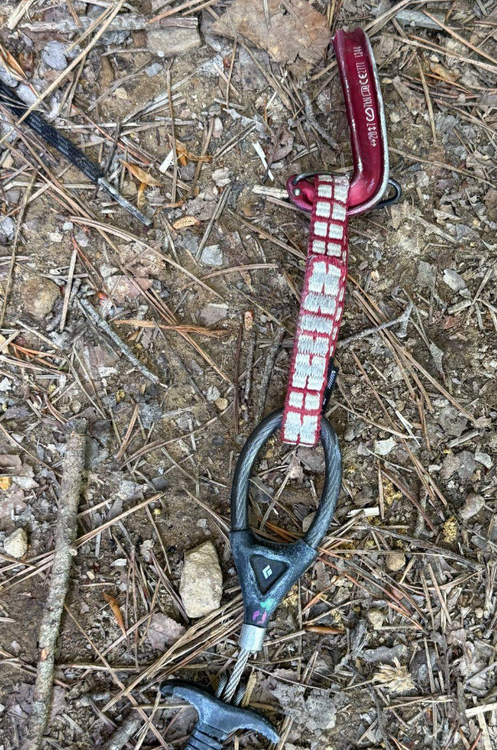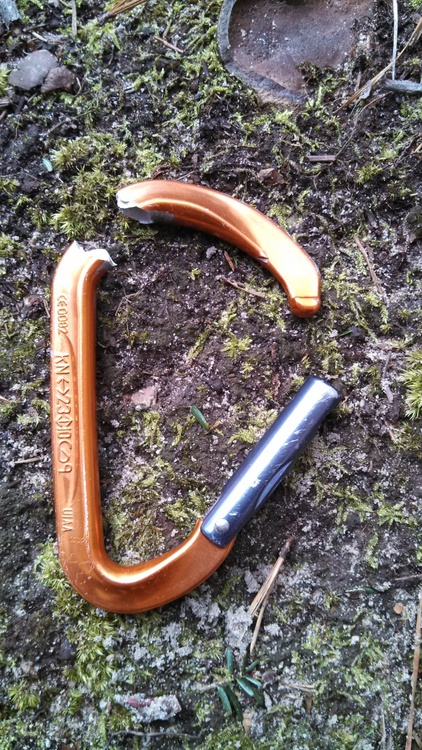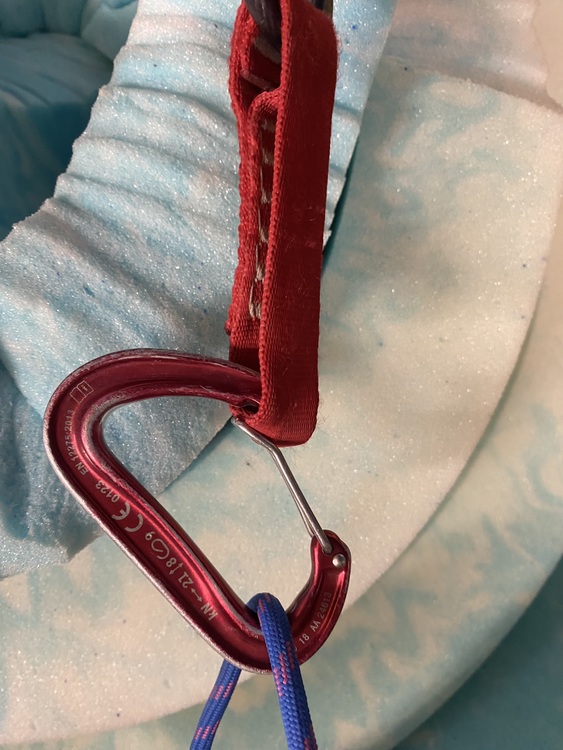Trad fall at Indian Creek Crag RRG 4-27
|
|
Anyone have any info on the climber who fell at Indian Creek Crag in the north gorge at the Red River gorge? It was around 2pm (4-27) we were coming down from Pebble Beach and heard the sirens and trucks speeding through. Talked to some mountain bikers and they said that a climber took a 40ft fall, zippered, and decked. Truly hope for the best |
|
|
My brother was on belay and said the climber was pretty lucky to be alive. In short, some cams ripped, a carabiner snapped clean in half, and the rope unclipped from the bottom piece that would have kept him off the ground... |
|
|
Post on FB "Wolfe County Search & Rescue Team" - https://www.facebook.com/WCSART On Sunday afternoon, WCSAR was contacted by Menifee dispatch for a climber who had taken a 35’ fall at an Indian Creek crag, Fibrulator a 5.11d trad route. The subject was leading the route when a hold broke, and he began to fall. His personal protective equipment failed to arrest him, and he fell to the ground. During the fall, some of his equipment became unclipped or otherwise dislodged from the rock, and one of his carabiners broke. Incidents like this one illustrate how multiple elements can come together to lead to an accident. The exact reason for the carabineer failure is unknown at this time. The route - Fibrulator Direct |
|
|
A carabiner BROKE?!? As in snapped or bent gate sideways? |
|
|
Climbing Weasel wrote: |
|
|
|
|
|
grug g wrote: The above is screen capture from FB - same carabiner, different perspective. |
|
|
grug g wrote: Almost every aluminum biner on the market will break if nose hooked. I’ve done it too. The lighter ones may be more to flipping into bad positions based on their weight and spine geometry. 30 years ago there was a type of biner that had an offset disc inside that rotated to a locked position. This effectively would prevent all this with the serious downside of getting one shot to clip before needing 2 hands to reset. |
|
|
grug g wrote: Maybe don't blame the carabiner based on just this info... I had, once, broken a carabiner in the same place. It was a bolt-side carabiner on a Petzl Spirit quickdraw, about 1 year old. The location of the break was consistent with "nose-hooked" failure, same as it looks on this biner. Obviously, I wasn't there, I know nothing about the details of this particular accident, the history of the gear, etc-- all I am saying is that a perfectly-good not-in-any-way-defective carabiner can break under very light load (like a typical sport climbing fall) if you got it nose-hooked, and it is not the fault of the carabiner, it is performing to specs. (And yes, I still climb on Petzl Spirit draws, as well as BD draws, and many others). |
|
|
Lena chita wrote: I remember that story! Was the gate on your carabiner as mangled as the one in the above photos? This one looks forced to the side/folded over. |
|
|
Can someone please post a photo of a "nose-hooked carabiner" on a bolt that would potentially fail if fallen on? Would it be obvious as you climbed past, or is it by definition something more likely to to happen after you pass it and are near the next bolt and therefore likely not even able to see the issue? is this a preventable problem, or just bad luck? |
|
|
amarius wrote: No, the gate on mine was not mangled. I am not implying that the mechanism of the break was the same. Only the location of the break. The statement about this location being commonly associated with "nose-hooked" failure comes from something I had read a while ago. The BD QC Lab |
|
|
bryans wrote: This is a good link with this info. It is obvious, however... things can happen AFTER you climb past the gear, or during the fall. |
|
|
Lena chita wrote: Thanks, Lena, for that link. So if the hooking does not occur at the time you clip, do we know why the hooking would later occur? Since you say (and I agree) it's obvious "things can happen AFTER you climb past the gear," is nose hooking more likely to occur when you traverse to the next bolt, for example, instead of straight up? I fully get that often we don't know or will never know some things - last year I pulled the rope up to clip, and when I looked down I saw the rope waving freely, no longer through the quickdraw I was positive I had clipped it to. I had hung the lower draw myself, I'm positive I clipped it, I had led this route previously - so how did the rope unclip itself? I'll never know, but somehow it unclipped itself, the first time this happened to me in 25 years of leading (and has become yet another reason I try really hard to keep 2 pieces between myself and the deck, at least when leading trad routes) |
|
|
This incident reminds me of the Goran Kropp accident at Vantage: https://web.mit.edu/sp255/www/reference_vault/VantageReport20040530_martin_nilsson.pdf |
|
|
Lena chita wrote: Yes good point. But trad placements aint nosehooking on anything. Along the lines of your thinking: perhaps the carabiner was loaded in a flat orientation around a rock corner. |
|
|
grug g wrote: Not true. The cam sling can easily get nose hooked. Will post a photo soon
|
|
|
Gate deformation looks like it could have possibly been loaded over an edge. |
|
|
With repeated gear pullouts, the rope does some crazy things with each sudden unloading, whipping the carabiner around and perhaps coiling awkwardly around the carabiner. The gate could easily have come open and lodged on the sling. |
|
|
dave custer wrote: A similar example is this somewhat well-known and incredibly improbable accident: http://publications.americanalpineclub.org/articles/13201213512/Fall-On-Rock-Lead-Rope-Unclipped-From-Protection |
|
|
dave custer wrote: Yeah, this! So many different vibrations/flutter with the rope going tight-slack-tight… It would be impossible to replicate the conditions |

 Continue with onX Maps
Continue with onX Maps Sign in with Facebook
Sign in with Facebook



























